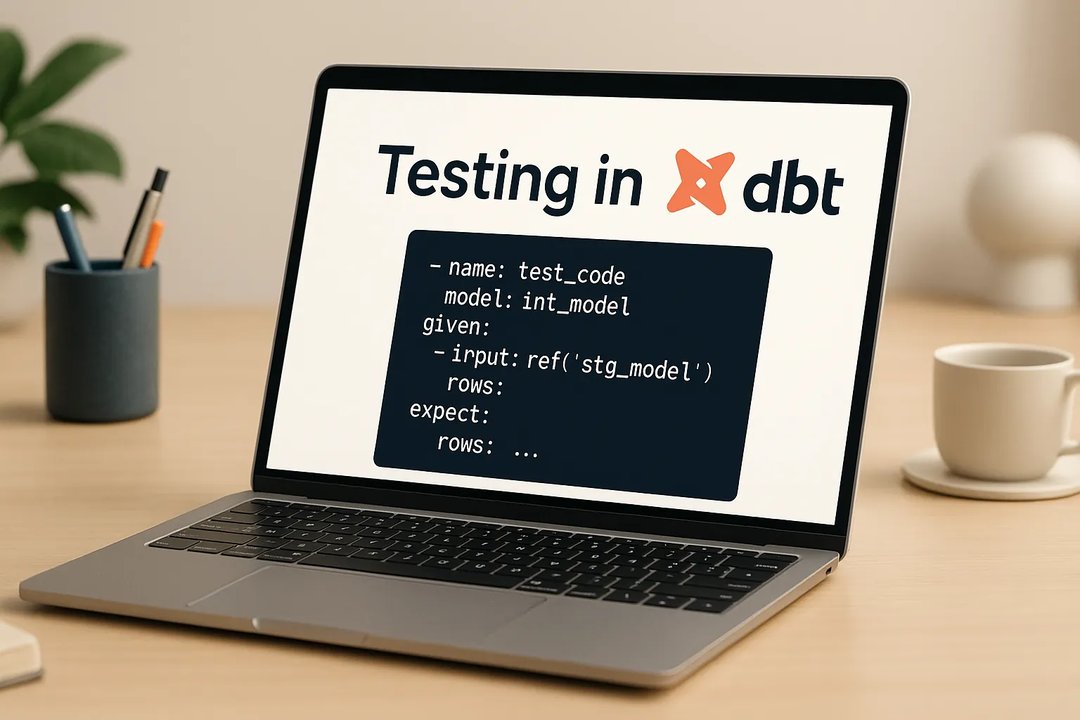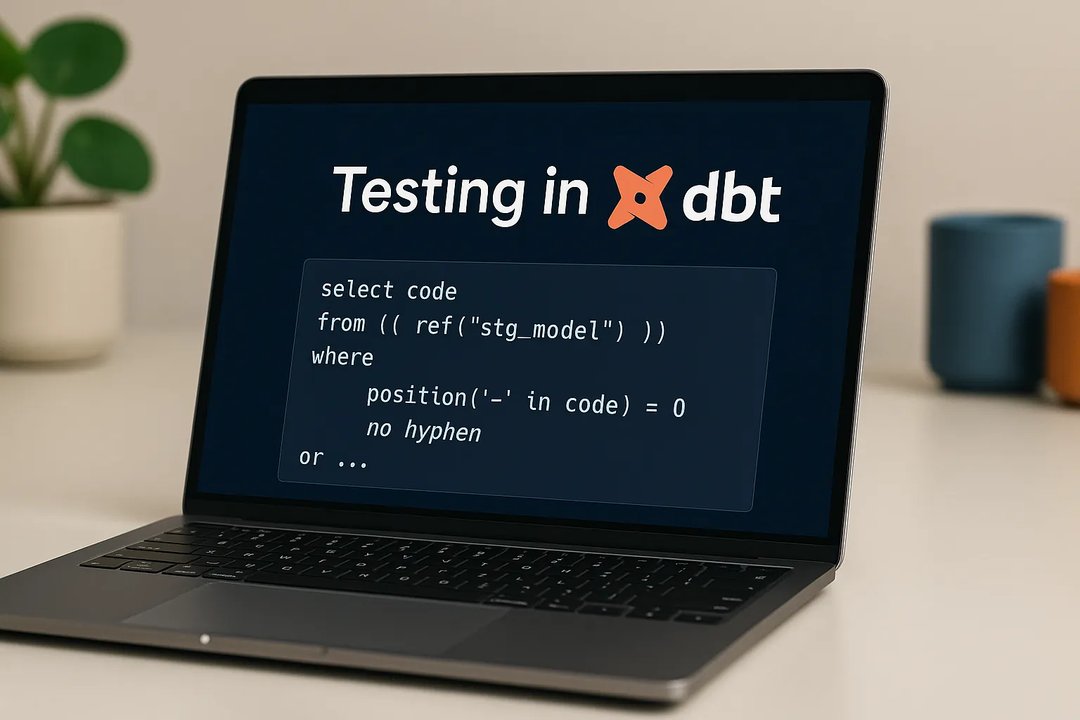
Maria Chojnowska
15 September 2023, 7 min read

What's inside
- How Do You Build Secure Applications?
- What Makes an Application Secure?
- What is the Best Way to Manage Application Security?
- What are Security Methods for Applications?
- In Conclusion
- Application Security Checklist:
- Contact us
In our interconnected, digital-first world, the security of applications isn't just important—it's essential. Cyber threats are increasingly sophisticated, and as developers, the responsibility of fortifying our software creations against potential breaches is monumental. This advanced guide aims to provide developers with an exhaustive understanding of securing applications from myriad threats.
Note: A glossary of key terms used throughout this article is provided below for convenience. Feel free to refer back to it as you go through the article.
Glossary
- OWASP's Top Ten
A standard awareness document listing the top 10 most critical web application security risks identified by the Open Web Application Security Project (OWASP).
- CVE Details
Common Vulnerabilities and Exposures, a list of publicly disclosed computer security flaws.
- SDLC
Software Development Life Cycle, the process that outlines the phases for building or enhancing software.
- Least Privilege
The security principle that recommends giving users and systems the minimum levels of access — or permissions — they need to perform their duties.
- Multi-Factor Authentication (MFA)
An authentication method requiring two or more verification factors—a combination of something you know (password), something you have (a device), or something you are (biometric verification)
- SQL Injection
A code injection technique that exploits an application's software vulnerability by manipulating SQL queries.
- CSRF
Cross-Site Request Forgery, an attack that tricks the victim into submitting a malicious request.
- XSS Cross-site scripting, a vulnerability that allows attackers to inject malicious scripts into web pages viewed by other users.
- SAST and DAST
Static Application Security Testing and Dynamic Application Security Testing, respectively. Tools that find vulnerabilities in application code (SAST) and during runtime (DAST).
- JWT Tokens
JSON Web Tokens, an open standard for securely transmitting information between parties.
- OAuth
Open Authorization, an open standard for access delegation commonly used for access token-based authentication.
- HTTP Headers
The request and response metadata sent when making HTTP requests and responses.
- IDS and IPS
Intrusion Detection Systems and Intrusion Prevention Systems, tools for monitoring and preventing malicious network activities.
- WAF
Web Application Firewall, a security system that monitors and controls HTTP traffic between a web application and the Internet.
- Endpoint Security
Security measures taken to protect endpoints or end-user devices like computers and mobile devices.
How Do You Build Secure Applications?
- Understand the Threat Landscape
Knowledge is your first line of defense. Regularly updating oneself about new threats and vulnerabilities is crucial. Resources like OWASP's Top Ten and CVE details provide insights into prevalent threats.
- Secure Development Lifecycle (SDLC)
Security should be woven into every phase of your development process. This ranges from requirement analysis, where security requirements are articulated, to the maintenance phase, where regular security patches are applied.
- Read more on our blog: Why is the Software Development Life Cycle Critical for Outsourcing Success?
- Security by Design
A proactive approach is always better than a reactive one. This means considering security from the very inception of a project. Implementing principles such as 'Least Privilege' and ensuring end-to-end data protection is imperative.
- Regular Security Audits
Consider this as a health check-up for your application. Routine audits, especially those conducted by external experts, can reveal blind spots and vulnerabilities.
- Secure Dependencies
Any third-party libraries or components you incorporate into your application can be potential vulnerabilities. Ensuring these are always updated and patched is crucial.
- Continuous Monitoring & Incident Response
Being vigilant 24/7 can identify potential threats in real-time. Moreover, having a structured incident response plan can mitigate damage if breaches occur.
- Prioritize User Authentication and Authorization
With the rise of identity theft, robust authentication mechanisms like multi-factor authentication (MFA) are essential. Moreover, secure password storage using state-of-the-art hashing algorithms is a must.
Implementing multi-factor authentication (MFA) significantly improves user security. Below is a simplified example using Python's PyOTP library.
import pyotp
# Initialize PyOTP with a base32 secret
totp = pyotp.TOTP("BASE32SECRET")
# Generate current token (changes every 30 seconds)
print("Current OTP:", totp.now())
# To verify a user-submitted token
if totp.verify(user_submitted_token):
print("Token verified!")
- API Security
Given the pivotal role of APIs in modern applications, fortifying them against threats like SQL injections, CSRF, and XSS is non-negotiable.
What Makes an Application Secure?
A secure application stands on several pillars:
- Data Integrity
The application maintains and safeguards the accuracy and consistency of its data over its entire lifecycle.
- Resilience
The ability to withstand and recover quickly from challenges, be they cyber-attacks or system failures.
- Confidentiality
Ensuring that data is accessible only to those with the right to access it.
- Auditability
The ability to track actions in an application can deter malicious activities and provide insights if breaches occur.
What is the Best Way to Manage Application Security?
Managing application security is a multifaceted endeavor:
- Continuous Learning
The world of cybersecurity is dynamic. Continuous training programs and workshops can keep teams updated on the latest threats and defense mechanisms.
- Leverage Modern Tools
The market is replete with SAST and DAST tools. These can be invaluable in detecting vulnerabilities in applications.
- Patch Management
Regularly updating and patching all components of an application, from its core codebase to third-party libraries, is vital.
- Real-time Monitoring & Alerts
Implement monitoring tools that provide real-time insights and instant alerts on potential threats.
- Incident Response Plan
Having a plan, team, and tools to address breaches can be the difference between a minor hiccup and a major catastrophe.
What are Security Methods for Applications?
Securing applications involves a repertoire of methods:
- Encryption: A non-negotiable method. It involves encoding data to prevent unauthorized access at rest and in transit.
- Authentication and Authorization: This extends beyond user validation to include robust session management, JWT tokens, and OAuth implementations.
- Input Validation: This method ensures that only appropriate and expected data gets processed, defending against attacks like SQL injections.
To illustrate the importance of input validation, let's consider a simple example using Python's Flask framework.
from flask import Flask, request
import re
app = Flask(__name__)
@app.route('/login', methods=['POST'])
def login():
email = request.form.get('email')
password = request.form.get('password')
# Validate email
if not re.match(r"[^@]+@[^@]+\.[^@]+", email):
return "Invalid email format"
# Validate password
if len(password) < 8:
return "Password too short"
# Continue with login process
return "Successfully validated"
if __name__ == '__main__':
app.run(debug=True)
- Security Headers: These HTTP headers add an extra layer of protection, safeguarding against threats like clickjacking.
- Intrusion Detection Systems (IDS) and Intrusion Prevention Systems (IPS): While IDS monitors networks for malicious activities, IPS takes it further by preventing detected malicious activity.
- Firewalls & Web Application Firewalls (WAF): These systems act as filters between your application and potential threats, blocking malicious traffic.
- Endpoint Security: Given the proliferation of devices accessing applications, ensuring every endpoint is secure is critical.
In Conclusion
Creating a secure application is akin to building a fortress—it requires meticulous planning, robust defenses, vigilant monitoring, and the agility to adapt. At Sunscrapers, we prioritize all these facets, delivering top-tier software solutions and peace of mind for our clients.
In the sprawling landscape of the digital realm, building secure applications isn't just a best practice—it's a moral and business imperative. Join us in championing this cause and ensuring a safer digital future for all.
Building highly secure applications is an ongoing process that demands vigilance and a commitment to best practices. To make this easier, we've compiled an 'Application Security Checklist' that encapsulates the essential steps every developer should follow.
Application Security Checklist:
- Understand the Threat Landscape:
Regularly consult resources like OWASP's Top Ten and CVE details.
- Integrate Security in SDLC:
From requirements analysis to maintenance, ensure security considerations are part of the process.
- Implement Security by Design:
Follow principles like 'Least Privilege' and build in end-to-end data encryption from day one.
- Conduct Regular Security Audits:
Quarterly or semi-annual audits by external experts can reveal vulnerabilities.
- Manage Dependencies:
Keep all third-party libraries updated and patched.
- Implement Strong Authentication and Authorization:
Use multi-factor authentication (MFA) and robust session management.
- Secure APIs:
Defend against threats like SQL injections, CSRF, and XSS in your APIs.
- Monitor and Respond:
Implement 24/7 monitoring and have an incident response plan in place.
- Data Integrity and Encryption:
Always encrypt sensitive data at rest and in transit.
- Education and Training:
Keep your team updated on the latest security threats and defense mechanisms.
Contact us
Ready to Fortify Your Applications?
Trust us with your security challenges. Our experts at Sunscrapers are here to guide and assist you every step of the way.
Contact us today to start on your journey to a more secure digital future.


